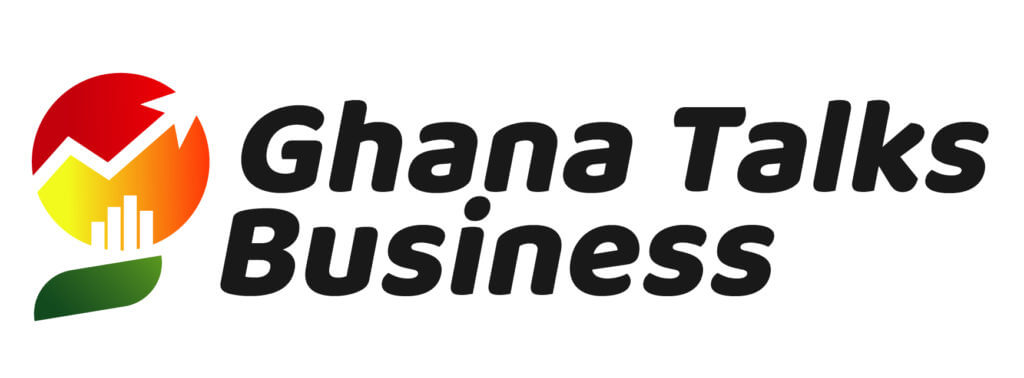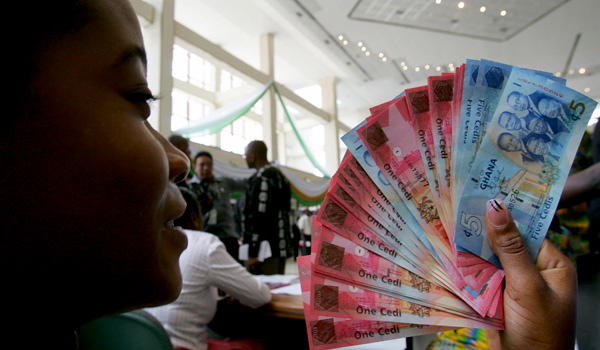Later today, BoG is expected to announce the policy rate with economic analysts forecasting maintenance in the policy rate given current economic indicators such as fuel prices, inflation, exchange rate, and the introduction of new taxes.
From an interview with the Director of the Institute of Statistics, Social and Economic Research (ISSER) of the University of Ghana, Professor Peter Quartey, and monitored by Ghana Talks Business, though the current inflation rate stands at 8.5% which is within its target band the future looks gloomy given fuel prices and the effect of the introduction of new taxes.
“ it is not just about current inflation but also inflation expectation. In determining the policy rate, you have to look at inflation expectation and not current inflation alone. And from the fuel price increments and new taxes, inflation is expected to inch up going forward. Factoring all these into consideration, I think it will be best to maintain the policy rate for now,” Professor Quartey said.
“We have foreign investors who hold on to our local bonds. If you reduce the policy rate, they may exit the market; and that can lead to capital flight. We saw that in 2019, and so we must be cautious of that situation too,” he further said.
Also siding with Professor Quartey’s view is Dr Richmond Atuahene, a banking consultant. According to him, “The reduction in inflation for April is just short-term. The fuel price increase and the new taxes will cause inflation to shoot up in the coming months. And with the exchange rate, the cedi has not depreciated because all the monies borrowed recently have been used to shore up reserves at the Bank of Ghana, and the Bank has been using it to intervene in the market; and that is why the cedi looks stable. So, I think the policy rate will be maintained; especially with the recent increase in fuel and taxes because they feed straight into inflation. And the Bank of Ghana would not want to risk it and drop the policy rate.”
READ ALSO: Why BoG is maintaining policy rate at 14.5% for the 5th consecutive time
What is the Monetary Policy Rate?
Monetary Policy Rate is essentially the rate at which a country’s monetary authority (central bank) lends to the commercial banks. Commercial banks in turn will offer their financial products/service to their customers at an interest rate that is usually based on the monetary policy rate. So, with an increase in the policy rate, commercial banks will offer their products like loans at a higher interest rate. This will deter individuals from borrowing or foreign partners from investing. This is intended to fight inflation as it slows down the money supply.
A decrease in policy rate means commercial banks can offer their products to their clients at a lower interest rate as they are provided with more liquidity and lower credit cost. This encourages borrowing and investment thereby stimulating economic expansion. The policy rate is usually decreased to boost economic activity during periods of economic slowdowns.






